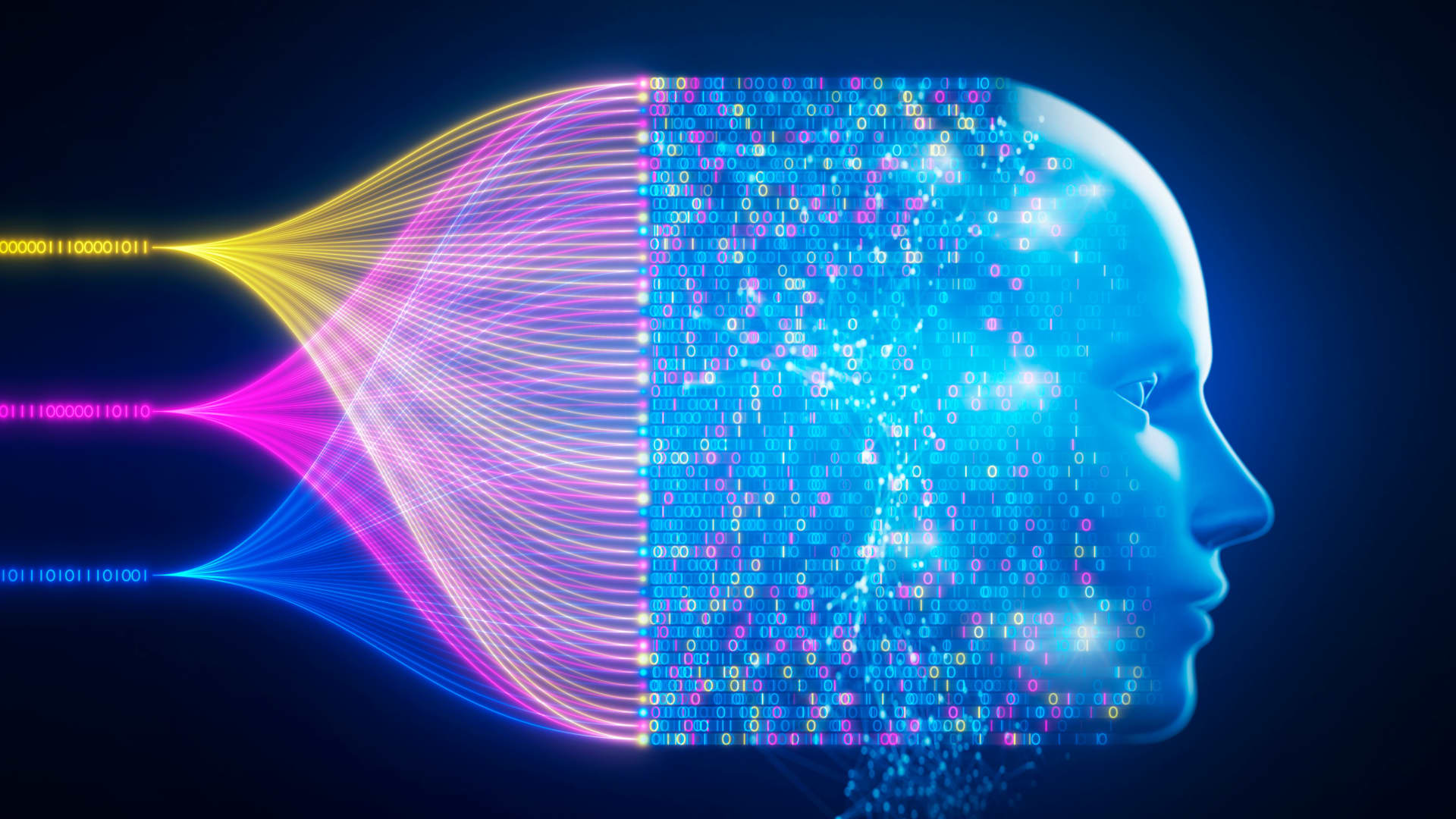AI undress technology has taken the world by storm, sparking heated debates about privacy, ethics, and the future of digital content creation. As artificial intelligence continues to evolve at breakneck speed, its applications in image manipulation have raised serious questions about consent and personal boundaries. In this article, we’ll dive deep into the world of AI undress, exploring its origins, capabilities, and the potential consequences it holds for society.
Imagine a world where technology can digitally remove clothing from images with just a few clicks. Sounds like something out of a sci-fi movie, right? But here’s the twist – it’s not fiction anymore. AI undress is very much real, and it’s causing quite the stir. While some see it as an advancement in AI technology, others are deeply concerned about its misuse and the impact it could have on individuals’ privacy and safety.
This article aims to shed light on the topic of AI undress, offering a balanced perspective that considers both the technological marvels and the ethical dilemmas. Whether you’re a tech enthusiast, a privacy advocate, or simply someone curious about the implications of AI in our daily lives, this piece is for you. So, buckle up and let’s explore the fascinating yet controversial world of AI undress!
Here’s a quick breakdown of what we’ll cover:
- What exactly is AI undress?
- How does AI undress technology work?
- The ethical and legal concerns surrounding AI undress.
- Real-world examples and case studies.
- What the future holds for AI undress technology.
Table of Contents
- What Is AI Undress?
- How Does AI Undress Work?
- The History of AI Undress
- Ethical Concerns
- Legal Ramifications
- Impact on Individuals
- Misuse of AI Undress
- Industry Perspective
- Future of AI Undress
- Conclusion
What Is AI Undress?
Let’s get down to the basics. AI undress refers to the use of artificial intelligence algorithms to digitally remove clothing from images or videos. This technology leverages advanced machine learning techniques, such as deep learning and neural networks, to analyze and manipulate visual data. The goal is to create realistic representations of individuals without their clothing, often with stunning accuracy.
Now, before you start thinking this is all fun and games, let’s talk about the darker side. The ability to alter images in such a way raises serious questions about consent, privacy, and the potential for abuse. While some developers argue that AI undress has legitimate applications, like in fashion design or medical imaging, the technology’s misuse has already led to significant controversies.
- New Desi Mmscom The Ultimate Guide To Exploring Indias Digital Entertainment Hub
- Hdhub4u Web Your Ultimate Destination For Entertainment
Why Is AI Undress Controversial?
Here’s the thing: AI undress isn’t just about creating cool visuals. It’s about power, control, and the potential for harm. Imagine someone using this technology to create fake images of you without your permission. Sounds scary, right? That’s why the conversation around AI undress is so heated. It’s not just about the tech itself; it’s about how it’s used and who gets to decide what’s acceptable.
How Does AI Undress Work?
Alright, let’s break it down. At its core, AI undress relies on deepfake technology, which involves training neural networks on massive datasets of images. These networks learn to recognize patterns, textures, and shapes, allowing them to generate realistic-looking images. The process typically involves several steps:
- Data Collection: Gathering thousands of images to train the AI model.
- Training: Teaching the AI to understand human anatomy and clothing structures.
- Manipulation: Using the trained model to remove clothing from target images.
- Refinement: Adjusting the final output to ensure realism and accuracy.
While the technical details might sound impressive, the implications are far-reaching. The ease with which these tools can be accessed and used has sparked widespread concern among experts and the general public alike.
Key Technologies Behind AI Undress
Some of the key technologies powering AI undress include:
- Generative Adversarial Networks (GANs)
- Convolutional Neural Networks (CNNs)
- Deep Learning Algorithms
These technologies have revolutionized the field of image processing, but they’ve also opened up a Pandora’s box of ethical and legal challenges.
The History of AI Undress
To understand where we are today, it’s important to look back at how we got here. AI undress technology didn’t just appear overnight. It’s the result of decades of research and development in the field of computer vision and machine learning. Early experiments in image manipulation laid the groundwork for the sophisticated tools we see today.
One of the most notable milestones in the evolution of AI undress was the development of deepfake technology. Originally designed for entertainment purposes, deepfakes quickly gained attention for their ability to create hyper-realistic images and videos. It wasn’t long before developers realized the potential applications in areas like fashion, healthcare, and even law enforcement.
The Rise of Deepfake Technology
Deepfakes have been both a blessing and a curse. On one hand, they’ve enabled incredible advancements in fields like special effects and virtual reality. On the other hand, they’ve also been used to create misleading content, spread misinformation, and violate people’s privacy. As AI undress technology continues to evolve, the line between innovation and exploitation becomes increasingly blurred.
Ethical Concerns
Let’s talk about the elephant in the room. The ethical implications of AI undress are massive. At its core, the technology challenges our understanding of consent, privacy, and personal boundaries. Here are some of the key ethical concerns:
- Consent: How do we ensure that individuals give informed consent before their images are altered?
- Privacy: What measures can be put in place to protect people’s privacy in the digital age?
- Accountability: Who is responsible when AI undress technology is misused?
These questions don’t have easy answers, but they’re crucial to consider as we move forward with this technology.
Case Study: The Impact on Celebrities
One of the most visible impacts of AI undress has been on celebrities and public figures. Many have fallen victim to deepfake images and videos, leading to widespread outrage and calls for stricter regulations. For example, in 2020, a popular AI tool was used to create fake images of a well-known actress, sparking a global debate about the ethics of AI undress.
Legal Ramifications
From a legal standpoint, AI undress presents a complex web of challenges. Laws around digital content creation and manipulation are still catching up with the rapid pace of technological advancement. In many jurisdictions, there are no clear regulations governing the use of AI undress technology. This lack of legal framework has left individuals vulnerable to exploitation and abuse.
However, there are signs of progress. Some countries have begun implementing laws to address the misuse of AI technology. For example, California passed legislation in 2021 specifically targeting non-consensual deepfake content. While these laws are a step in the right direction, much more needs to be done to ensure comprehensive protection for all individuals.
Challenges in Enforcing Laws
Enforcing laws around AI undress is no easy task. The global nature of the internet makes it difficult to track and regulate the use of such technologies. Additionally, the rapid pace of innovation means that laws often lag behind the latest developments. As a result, finding effective solutions requires collaboration between governments, tech companies, and advocacy groups.
Impact on Individuals
So, how does AI undress affect everyday people? The short answer is: significantly. Whether it’s through the spread of fake images or the erosion of trust in digital content, the impact is felt by individuals across the globe. Here are some of the ways AI undress technology has affected people:
- Psychological Impact: Victims of AI undress often experience anxiety, depression, and loss of self-esteem.
- Social Consequences: Fake images can damage reputations and relationships, leading to long-term consequences.
- Economic Harm: In some cases, individuals have faced financial losses due to the misuse of their images.
These effects highlight the urgent need for greater awareness and education about AI undress technology.
Stories of Survival
There are countless stories of individuals who have fought back against the misuse of AI undress. One such story involves a young woman who discovered fake images of herself online. With the help of digital forensics experts and legal support, she was able to have the images removed and hold the perpetrators accountable. Her story serves as a powerful reminder of the importance of resilience and determination in the face of adversity.
Misuse of AI Undress
Unfortunately, not everyone uses AI undress for good. The technology has been misused in a variety of ways, from creating revenge porn to spreading political propaganda. These abuses highlight the urgent need for stricter regulations and better enforcement mechanisms.
One of the most concerning trends is the use of AI undress in cyberbullying and harassment. Victims often find themselves trapped in a cycle of abuse, with little recourse for justice. This underscores the importance of education and awareness in combating the misuse of AI technology.
Preventing Misuse
Preventing the misuse of AI undress requires a multi-faceted approach. Here are some strategies that can help:
- Education: Teach individuals about the dangers of AI undress and how to protect themselves.
- Regulation: Develop and enforce laws that address the misuse of AI technology.
- Technology: Invest in tools and platforms that can detect and prevent the creation of fake content.
Industry Perspective
From an industry standpoint, AI undress presents both opportunities and challenges. While some companies are exploring legitimate applications of the technology, others are grappling with the ethical and legal implications. The fashion industry, for example, has shown interest in using AI undress for virtual try-ons and personalized design. However, they must navigate the fine line between innovation and exploitation.
Meanwhile, tech giants like Google and Microsoft are actively working to address the challenges posed by AI undress. They’ve invested in research and development to create tools that can detect and prevent the misuse of AI technology. These efforts are crucial in ensuring that the benefits of AI undress are realized without compromising individual rights and freedoms.
Collaboration for Change
Change won’t happen overnight, but collaboration between industry leaders, policymakers, and advocacy groups can make a difference. By working together, we can create a safer, more ethical digital landscape for everyone.
Future of AI Undress
So, what does the future hold for AI undress? As the technology continues to evolve, we can expect to see both advancements and challenges. On the positive side, AI undress has the potential to revolutionize industries like fashion, healthcare, and entertainment. However, the ethical and legal implications must be addressed to ensure that the technology is used responsibly.
Looking ahead, we may see the development of new tools and platforms that prioritize user safety and consent. Additionally, advancements in AI detection technology could help combat the misuse of AI undress. While the road ahead is uncertain, one thing is clear: the conversation around AI undress is only just beginning.
Predictions for the Next Decade
Here are a few predictions for the future of AI undress:
- Increased regulation and enforcement of laws around AI technology.
- Advancements in AI detection and prevention tools.
- Greater emphasis on user consent and privacy in AI applications
- Streaming Ullu Series Online Watch Your Ultimate Guide To Dark Entertainment
- Viga Movie The Ultimate Guide To A Cinematic Thriller


